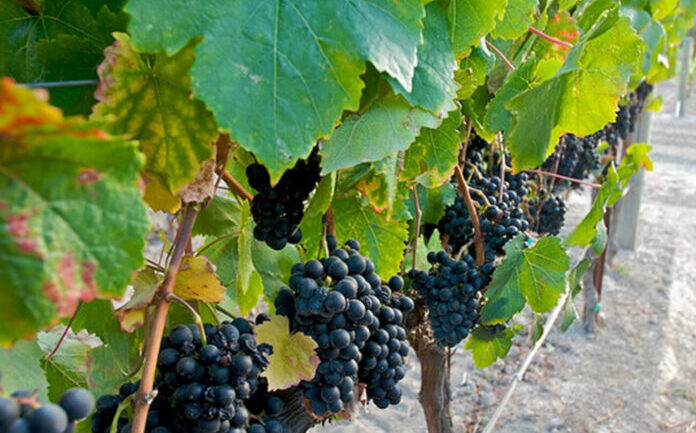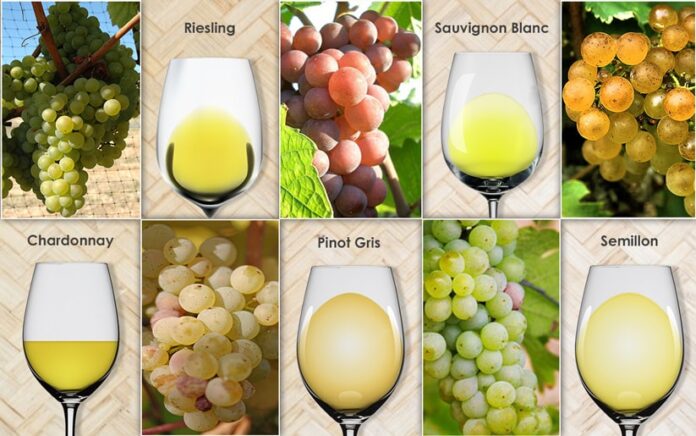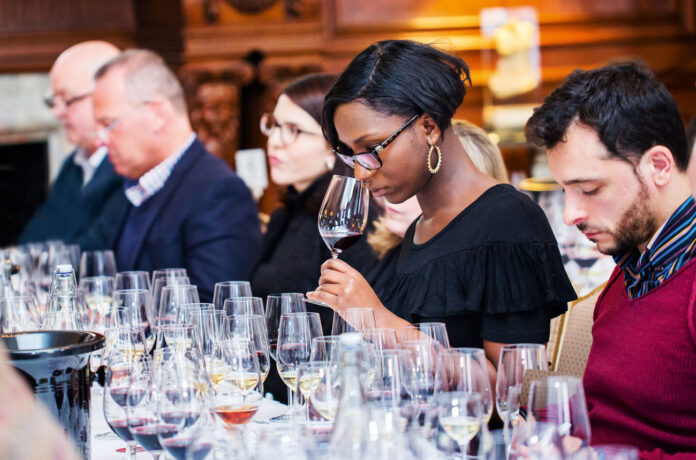A vast universe of flavors, aromas, and experiences awaits those who dive into the vast realm of wine. The art of winemaking, which has been refined over millennia, is deeply rooted in traditions that blend with innovation.
This article offers an enlightening journey through wine varietals, the heart of this diverse and fascinating world. As we uncork the mysteries, you’ll find that every bottle tells a unique story of its origin, grape, and the hands that crafted it.
The World of Varietals
Venturing into the expansive domain of wine can seem daunting. Yet, at its core, wine is simply the expression of a particular grape variety from a specific location. From the robust reds to the crisp whites, each varietal has its distinct characteristics.
The same grape, depending on where it’s grown and how it’s treated, can produce vastly different wines. Explore great wines direct to learn more about the rich diversity.
Vintners around the globe constantly experiment with different grape varieties, pushing the boundaries of what we know as wine. This restless innovation coupled with the diverse geography of our planet has blessed us with an array of wines, each waiting for our discovery.
Understanding Grape Varieties

Grapes, the foundation of every wine, come in countless forms. These types, or varietals, are the DNA that shapes the wine’s taste, aroma, and appearance. From the popular Cabernet Sauvignon to the lesser-known Petit Verdot, each grape offers a unique profile.
To truly grasp wine’s diversity, one must first grasp the plethora of grape varieties. It’s astounding to realize that the myriad of types available originates from a selection of main grape varieties.
A deeper appreciation comes with understanding the nuances of each grape, shaping the wine’s personality.
Regional Influence on Wine Characteristics
Terrestrial locations play a pivotal role in shaping a wine’s essence. Think of it as the wine’s accent, shaped by the soil it grows in, the air it breathes, and the hands that nurture it. For instance, a Chardonnay from California differs distinctly from one cultivated in the chalky soils of Burgundy.
Every region imparts its unique touch on the wines produced within its boundaries. The sun-drenched hills of Tuscany produce Sangiovese grapes that yield wines with characteristics distinct from the same grapes grown in cooler climates.
Understanding this regional imprint allows for a deeper connection to each sip.
White Varietals: A Spectrum of Flavors

White wines shimmer with a palette ranging from light and zesty to rich and oaky. Sauvignon Blanc, often found in New Zealand, presents a tangy, green and flinty character. Contrastingly, Chardonnay, especially when aged in oak barrels, might gift drinkers with a buttery and full-bodied experience.
Then there’s Pinot Grigio, typically light, crisp, and refreshing, a delight on a warm day. Riesling, on the other hand, is known for its floral aroma, often with a hint of sweetness balanced by acidity. Grasping the diversity within white wines alone can be a journey in itself.
Red Varietals: From Light to Bold
Red wines span a vast spectrum. Pinot Noir, for example, carries a lightness with notes of red fruits, making it a versatile partner at the dinner table. On the bolder end, Malbec from Argentina is known for its dark, fruity depth and velvety texture.
Merlot, another renowned varietal, often presents plum and berry notes, while the famed Cabernet Sauvignon is usually more tannic, boasting flavors of dark fruits, tobacco, and sometimes even green bell pepper. This dynamic spectrum ensures that there’s a red wine suited to every palate and occasion.
Rosé and Blush: A Delicate Palette

Rosé wines, often recognized by their picturesque pink hues, emerge from red grape skins’ brief contact with the grape juice. This short dance gifts the wine its signature color. Depending on the grape and region, rosés can vary from sweet to dry, light to full-bodied.
Blush wines, though often used interchangeably with rosés, are typically sweeter, especially in the U.S. Both rosé and blush wines have gained immense popularity in recent years for their versatility, refreshing taste, and the sheer aesthetic pleasure they provide in a glass.
Emerging and Unique Varietals to Discover
While mainstream grapes steal the limelight, countless lesser-known gems await discovery. Grapes like Tannat from Uruguay or Assyrtiko from the volcanic soils of Santorini present an exciting detour from the familiar. Diving into these unusual options can often be the most rewarding part of a wine journey.
Zweigelt, an Austrian red grape, or Albariño, a high-acidity white grape from Spain’s Galicia region, are excellent examples of such diversions. Each offers a unique experience, a departure from the usual, challenging our palate and expanding our wine horizons.
Terroir: How Soil and Climate Shape Diversity
Terroir, a French term, encapsulates the entire environmental essence – soil, climate, and even local traditions – that influence a wine’s character. Wines from the same grape but different terroirs can seem like they’re from different worlds altogether.
From the slate soils of Germany’s Mosel region, influencing the mineral-rich profile of its Rieslings, to the loamy soils of Napa Valley imparting a unique touch to its Cabernets, terroir’s influence cannot be understated.
It’s this interaction of grape with its environment that creates the endless diversity we relish in the world of wines.
Tasting Techniques for Exploring Varietals

Proper tasting goes beyond just sipping. It involves observing the wine’s appearance, sniffing its aroma, assessing its structure, and savoring its flavors. A swirl of the glass, for instance, can reveal a wine’s body and age.
Spitting, though it might appear rude to newcomers, is standard practice, especially when tasting multiple wines. It ensures that you remain sharp enough to assess each wine fairly. Developing one’s tasting technique unlocks deeper insights into each varietal and its distinct characteristics.
Final Words
Embarking on the wine journey is akin to acquiring a passport to the world, unlocking a myriad of cultures, flavors, and stories. With every bottle opened, a new chapter of discovery unfolds.
As you traverse the landscape of varietals, regions, and techniques, remember that the true essence of wine lies in the pleasure it brings and the connections it fosters.
After the winemaking process is done at it has aged for some time, it is time for you to consider opening a wine bar. Luckily, our guide will help navigate you through business planning. Here’s to the endless adventure that is wine!








